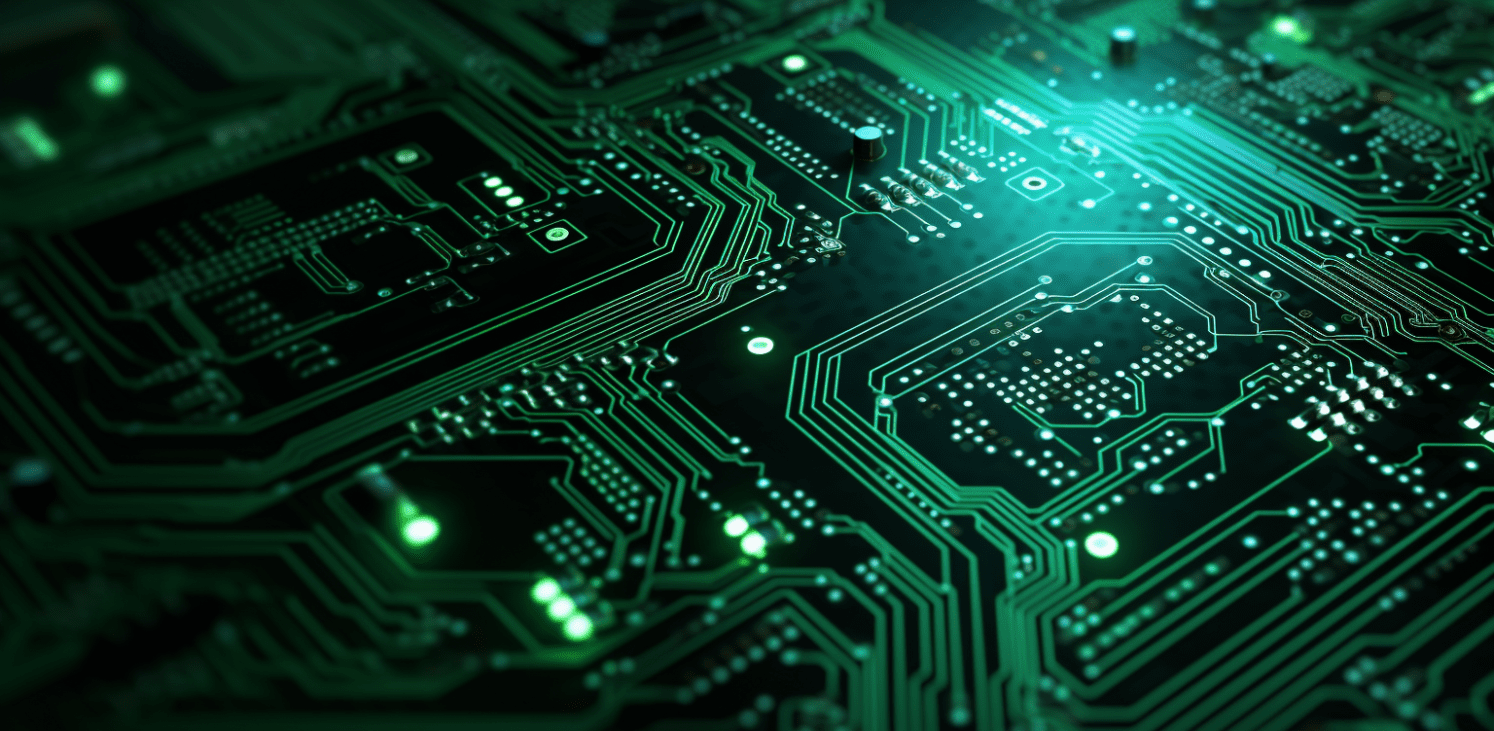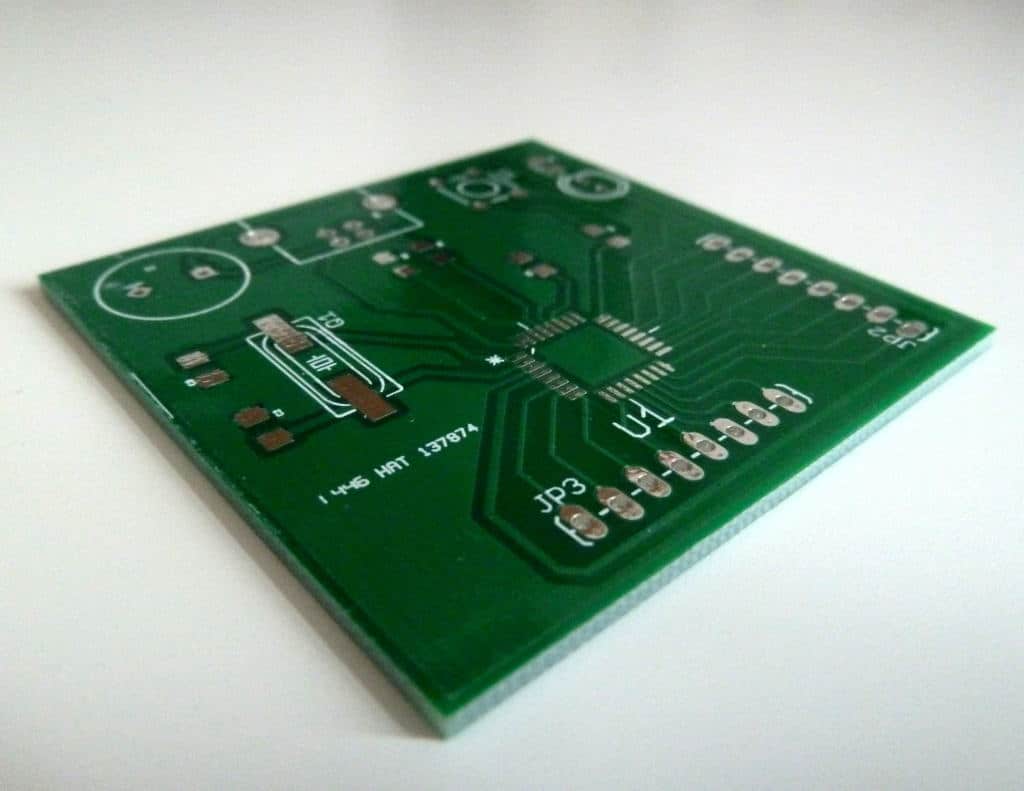Professionalize your circuit
 Feather
Feather
How to get ahead
At this point in your journey, you might have a little experience with breadboards and are starting to think about what is next. One step to beef up your portfolio or just build upon your electrical skills is to learn how to put your circuit from your breadboard to a PCB.
What is a PCB
You may know what a PCB is but if you don’t PCB is short for Printed Circuit Board. This is a a thin board made primarily from substrate usually fiberglass of epoxy like the one below(Figure 1). You then design where the holes go and how the copper connects them. Then you have a working PCB.
Figure 1:

Whats in the way
When using a breadboard there are always the concerns if everything is laid out right and if your connections are truly connected. After you make sure everything is connected and it works then it is just a jumble of wires and components and you can barely tell what's right after you do it try to come back the next day and you will be lost. After that, you can try to put it into your project and try to make it look nice but it is not a permanent solution.
The Key
When using a PCB you have a nicely laid out circuit that is labeled and the copper filling is pretty easy to follow what is what. It also makes it easy to integrate into your final project no matter the shape or size as the PCB is very efficient with space. It may be a pain to learn how to design one but it will be well worth it in the end as it will make you a well-rounded engineer.
Design
Now you may be asking how to do this. You can use free software such as KiCAD (link below). It is not too hard to learn as there are tutorials online that are not hard to find. When designing at this level you will probably want to stick with a through-hole PCB. This will be the most simple to have manufactured and you will just have to solder your components in. After you design you will need to find a manufacturer. One solid manufacturer is OSHPark (link below). This is just a good company but feel free to look around and find the best price. When looking around make sure they have good quality for they will hold up.
Whats next
Now making PCBs is a skill that you will have to build up and contentiously practice. I encourage you to make your future projects with them. That goes with everything you have learned so far and that is how it goes for everything to come. If you truly want to grow then stick around so we can guide you to success.
Links
manufacturer OSHPark:https://oshpark.com/
Design tool KiCAD:https://www.kicad.org/
Subscribe to my newsletter
Read articles from Feather directly inside your inbox. Subscribe to the newsletter, and don't miss out.
Written by
